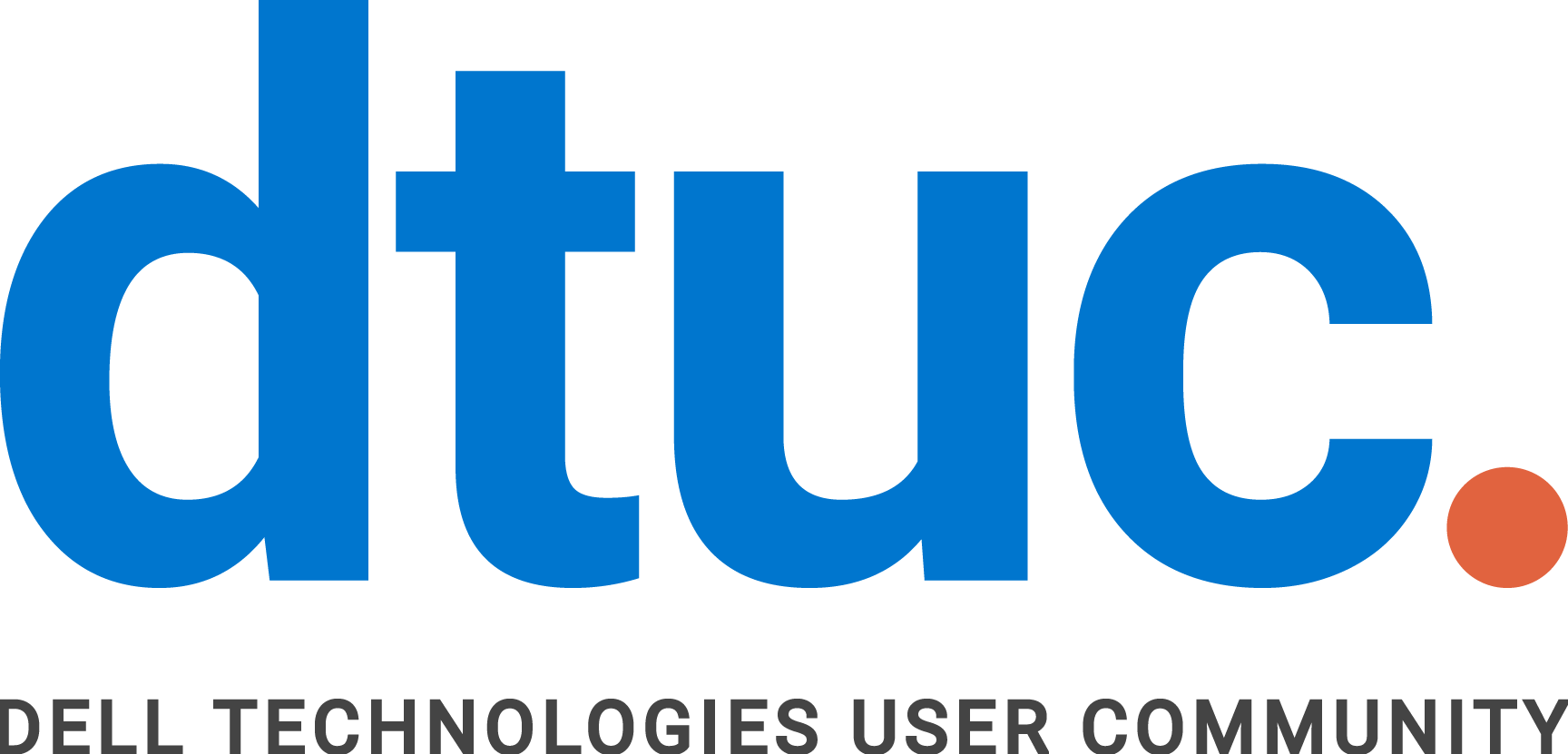Around the world, cities are deploying smart technology solutions to improve service to residents, open new communication channels, and streamline their business operations. It’s a trend that will accelerate in the next decade, as municipalities replace outdated legacy systems and embrace digital transformation.
To achieve their goals, smart cities are rapidly adopting unified workspace solutions, which offer the intelligence, computation power, storage capacity and collaboration tools needed to take their communities into the future.
As members of the DTUWC understand, cloud-based applications, virtualization, machine learning, artificial intelligence (AI) and the Internet of things (IoT) support forward-looking initiatives that address the challenges of serving residents in an urban environment.
The potential benefits of deploying unified workspace solutions in smart cities include greater citizen engagement, increased transparency and improved intra-agency collaboration. Digital solutions can accelerate the collection of tax and fee revenue, strengthening a municipality’s financial position.
“A smart city uses digital technology to connect, protect, and enhance the lives of citizens,” according to a recent Cisco report. “IoT sensors, video cameras, social media, and other inputs act as a nervous system, providing the city operator and citizens with constant feedback so they can make informed decisions.”
What is a smart city?
Smart cities promote urban living in many ways, including smooth transportation flows, responsive public health and safety services, multiple communication channels and access to virtual and real-world amenities. A recent report from Deloitte looks at six aspects of smart cities. There are several elements of unified workspace implementation in each aspect:
Economy —
Unified workplace solutions can boost local economies in many ways. For instance, cloud-based applications can gather data from thousands of IoT sensors to adjust traffic signal patterns in real time, reducing commuting time and increasing worker productivity. AI solutions can assess the status of a community’s labor market and indicate areas or over- or under-supply. Collaboration tools accessible by local businesses can support smoother processes for permit applications and approvals.
Environment and Energy —
Unified workplace technology can foster sustainable growth and the wiser use of resources. For instance IoT sensors can detect leakage from water and sewer systems, while AI applications can draw on behavioral economics to encourage citizens to make thoughtful decisions on resource use.
Government and Education —
Unified workplace analytic tools can help smart cities develop insight-driven policies, track performance and outcomes, enable constituent engagement, and improve government efficiency. Data and analytics will also help next-generation teachers adapt their learning and counseling to maximize student success.
Living and Health —
The COVID-19 pandemic illustrates the importance of digital public health applications and analytics in understanding the community’s testing, contact tracing and vaccination status. Smart cities can also use unified workspace tools to offer outreach services, such as telehealth, meal deliveries and social activities to homebound individuals. Other health-related applications include air quality reports and severe weather warnings.
Safety and Security —
In smart cities, data will play an increasingly important role in crime prevention as public safety and security agencies try to preempt crime by tapping into all streams of data including social and crowdsourced information. Unified workspace tools also support a more rapid and coordinated response to crimes and other community disturbances.
Investing in unified workspace tools
More than 1,000 cities around the world are already deploying unified workspace solutions, according to Deloitte. However, many initiatives are done on a pilot basis, as municipal IT leaders and policy makers review the financial impact before a full-scale rollout.
Global spending on smart city initiatives was projected to reach $124 billion in 2020, according IDC’s “Worldwide Smart Cities Spending Guide.” While actual spending likely fell below that level due to COVID-19, the next few years are expected to see a steady increase in smart city investments.
Recently, Digi International recognized 12 U.S. smart cities for their digital initiatives.
Topping the list was New York City, which deployed an automated water meter reading system along with other smart sensors to monitor everything from waste levels in trash bins to air quality. The city installed hundreds of touchscreen kiosks, where residents can access city information as well as charge their phones. Next were San Jose, California, which uses sensors to monitor air quality and reduce pollution, and Boulder, Colorado, whose program focus on sustainability, fighting global warming, and supporting business engagement.
Major European cities are also deploying these powerful solutions. For instance, Barcelona has installed smart streetlights that adopt to street activity, and parking sensors that provide drivers with real time updates. In fact, transportation of people and goods is one of the areas where unified workplace technologies can deliver immediate benefits.
“Intelligent transportation systems improve mobility by monitoring and controlling the flow of both vehicles and pedestrians,” said a January 2021 report from Lux Research. “Innovation in shared mobility services includes increased investment in public transit, ride-hailing, and car-sharing applications. Public transit agencies are actively exploring solutions that help maintain or increase ridership while maximizing the efficiency of existing assets.”
Other smart city applications range from deploying public Wi-Fi services to identifying affordable housing opportunities and enhancing community access to primary health care services.
Building smart cities
Powerful unified workspace solutions hold the key to building the smart cities of the future. Fostering collaborative public-private partnerships can accelerate the development and deployment of these initiatives, while addressing challenges like data security and privacy.
To be successful, these digital initiatives should identify a current challenge, launch an appropriate strategy and measure the results – just like rolling out a new unified workplace solution in the private sector. In any case, smart city initiatives have the potential to improve the lives of residents in the years ahead.
